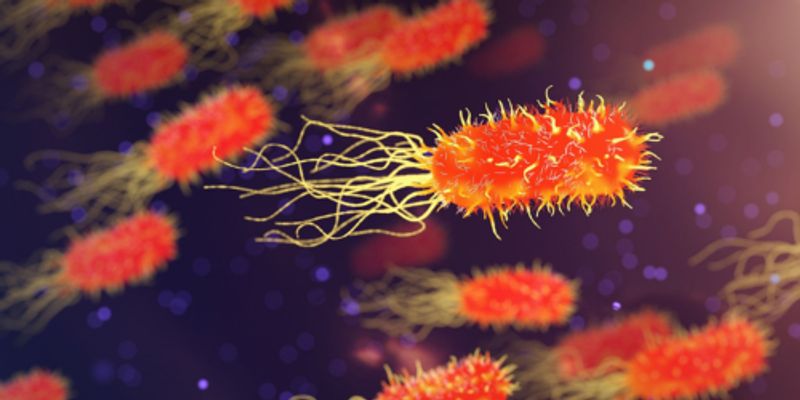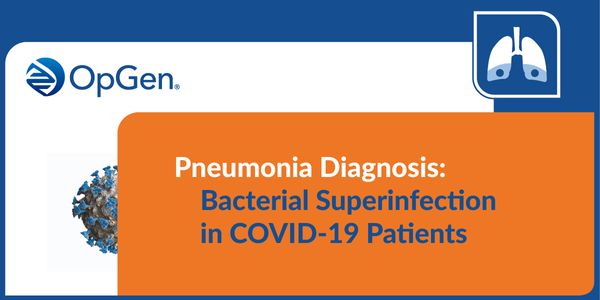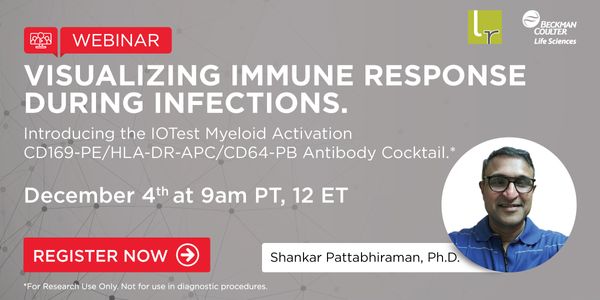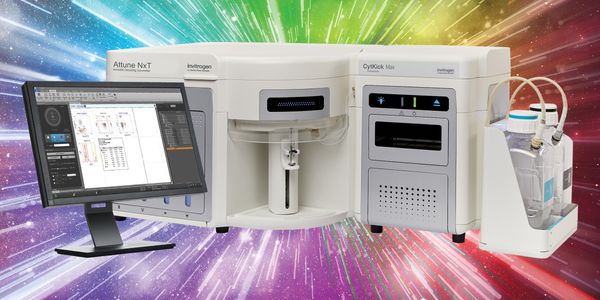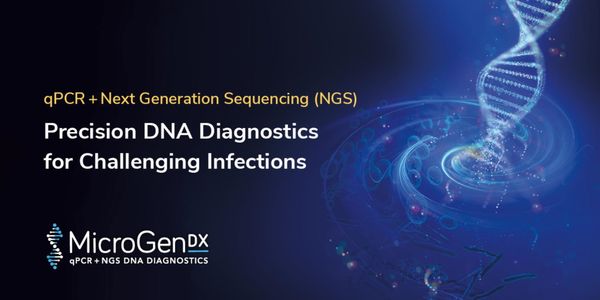AUG 11, 2021 | 11:00 AM
Date: August 11, 2021 Time: 8:00am (PDT), 11:00am (EDT) Procalcitonin (PCT) is a biomarker widely used to assess the risk of bacterial infection and to aid in antibiotic stewardship in patie...
JUL 28, 2021 | 7:00 AM
Date: July 28, 2021 Time: 7:00am PDT Bacterial persistence is a potential cause of antibiotic therapy failure. Antibiotic-tolerant persisters originate from phenotypic differentiation within...
JUN 22, 2021 | 10:00 AM
Date: June 22, 2021 Time: 10:00am (PDT), 1:00pm (EDT) Antimicrobial resistance (AMR) has emerged as one of the principal public health problems of the 21st century. It threatens the effectiv...
JUN 07, 2021 | 4:00 PM
DATE: June 7, 2021 TIME: 4:00pm BST. The World Health Organization (WHO) estimates that more than 1 million individuals contract a sexually transmitted infection (STI) every day....
Dr. Jordan RoseFigura from Swift Biosciences will present on the technology created to enable this research that covers 99.7 % of the SARS-CoV-2 genome from limited viral titers. Including a...
APR 08, 2021 | 11:00 AM
Date: April 8, 2021 Time: 11:00am (PDT), 3:00pm (EDT) Pneumonia is a deadly condition with clinical outcomes highly dependent on prompt and appropriate therapy. Diagnosis of pneumonia is cha...
MAR 24, 2021 | 11:00 AM
Date: March 24, 2021 Time: 11:00am (PDT), 2:00pm (EDT) In 2019, roughly 10 million people developed Tuberculosis (TB) globally and 1.4 million of them died, which makes it one of the top 1...
JAN 21, 2021 | 10:00 AM
Date: January 21, 2021 Time: 10:00am (PST) Abstract Learning Objectives Discuss Procalcitonin as a biomarker to help distinguish viral versus bacterial infection Review the literature suppor...
DEC 17, 2020 | 9:00 AM
Date: December 17, 2020 Time: 9:00am (PST), 12:00pm (EST) Correlative light and electron microscopy (CLEM) advances biological discoveries by merging different microscopes and imaging moda...
DEC 04, 2020 | 9:00 AM
Date: December 4, 2020 Time: 9:00am PST, 12:00pm EST Activation of Myeloid cells and interferon release is an early response to infection. The 3-marker combination (CD169/CD64/HLA-DR) gives...
This drug development program is designed to create a family of broad-spectrum, pan-coronaviral drugs that respectively inhibit multiple key enzymes required for viral replication. By target...
